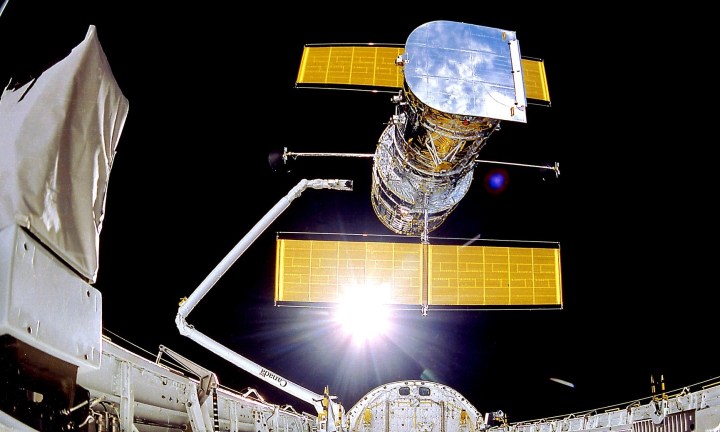The much-beloved Hubble Space Telescope looks like it will be able to resume operations soon, after a month of nail-biting issues with its hardware which caused all of its science instruments to switch into safe mode. NASA engineers were able to switch to backup hardware onboard the telescope and are hopeful that Hubble should be able to resume its science operations shortly.
The problems began when the instruments switched to safe mode on June 13, due to a failure of the computer which controls them. Identifying the particular component which was causing the problem took some time, but eventually the issue was tracked to a piece of hardware called the Science Instrument Command and Data Handling (SI C&DH) unit and its power unit, the Power Control Unit.

This week, the engineers switched from the original hardware of these two units to the backup hardware. Most of the hardware in Hubble includes backup versions, in case a problem should occur as it did in this case. However, switching between the two isn’t as simple as flicking a switch, as it requires powering down other components as well and ensuring that the changeover can be made without causing any further problems.
The good news is that the switch to backup hardware was successful, as NASA described: “The switch included bringing online the backup Power Control Unit (PCU) and the backup Command Unit/Science Data Formatter (CU/SDF) on the other side of the Science Instrument and Command & Data Handling (SI C&DH) unit. The PCU distributes power to the SI C&DH components, and the CU/SDF sends and formats commands and data.”
With the main changeover made, the engineers also made changes to other pieces of hardware as well: “In addition, other pieces of hardware onboard Hubble were switched to their alternate interfaces to connect to this backup side of the SI C&DH. Once these steps were completed, the backup payload computer on this same unit was turned on and loaded with flight software and brought up to normal operations mode.”
Now, the team just needs to check that everything is working as it should, and then they can bring the science instruments out of safe mode and calibrate them before Hubble can resume its scientific operations. This is estimated to take a few days, so hopefully, Hubble will be back up and running next week.
Editors' Recommendations
- Celebrate Hubble’s 34th birthday with this gorgeous nebula image
- Junk from the ISS fell on a house in the U.S., NASA confirms
- These 3 companies are developing NASA’s new moon vehicle
- Hubble captures the dramatic jets of a baby star
- Hubble images the spooky Spider Galaxy




